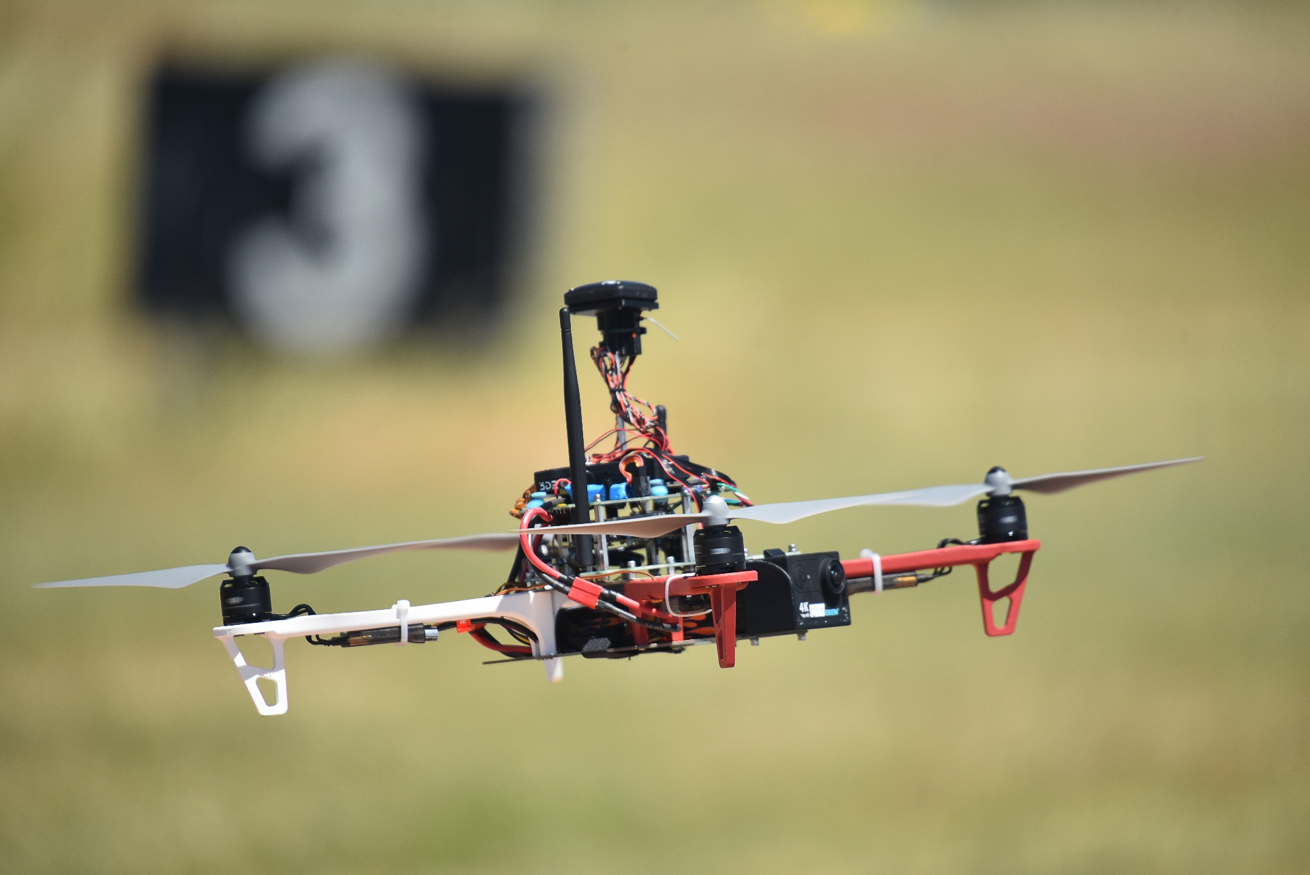This post is also available in:
 עברית (Hebrew)
עברית (Hebrew)
The threat of swarming drones has become an ever-growing challenge, especially as even small terror and militia groups have managed to weaponize small commercial drones. Interconnected, co-operative drones are capable of working together to overwhelm adversaries. A drone swarm can operate collaboratively to achieve a common goal and support lower operating costs, greater system efficiency as well as increased resilience.
Over the past several years, the US Marine Corps has been rapidly testing and acquiring systems to take on air threats.
Systems now in the Corps’ air defense arsenal include the Ground/Air Task-Oriented Radar G/ATOR, which can detect cruise missiles, air threats, and a host of other incoming projectiles.
The Corps is still developing a Joint Light Tactical Vehicle or Humvee mounted air defense system that can use a range of capabilities from stinger missiles, electronic attack or directed energy to blast drones out of the sky.
Now, Marine leaders are looking at drones that can kill other drones to bolster the Corps’ air defense capabilities. Lt. Gen. Steven R. Rudder, the deputy commandant of the Marine Corps for aviation, said the miniaturization of tech was helping provide capabilities like “precision-guided munitions that can be launched and hover and loiter at great distances,” to “small UASs [unmanned aircraft system] that can counter other UASs, that we can certainly launch from a man-portable system.”
The Corps has been experimenting with a range of loitering drone munitions capable of carrying different payloads. It is still unclear whether the systems will employ kinetic or electronic attack to take down enemy drones.
Some of the systems, like the Light Marine Air Defense Integrated System (LMADIS), which uses a pair of Polaris MRZRs all-terrain vehicle to track and shut down drones with electronic attack, have already deployed with the 22nd and 13th Marine Expeditionary Units, as reported by marinecorpstimes.com. The C2 (command and control) system is a maneuverable ground-based sensor, electronic attack platform that can detect, track, identify and take down drones with electronic attack.
Shoulder-fired or man-portable gun-like systems that can use electronic warfare were also considered by the Corps, as well as a system that fires a net at incoming drones. These systems were tested just last year at the Corps’ experimental Urban ANTX exercise in California.
But the Corps appears to be pushing away from some of these man-portable systems. During a hearing at the House Armed Service Committee, Lt. Gen. David Berger, the commander of Marine Corps Combat Development Command, told lawmakers that experimentation with man-portable systems “have not panned out.” Those systems would add considerable weight and potentially additional battery requirements for grunts at a time when the Corps is working hard at cutting the load of infantry Marines already burdened with new tech.


























